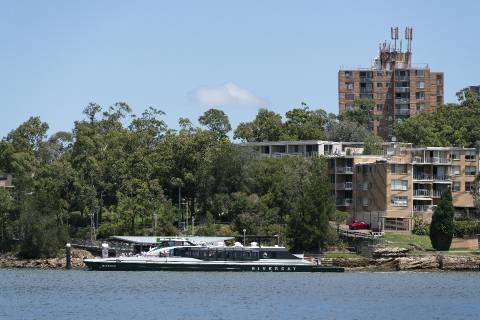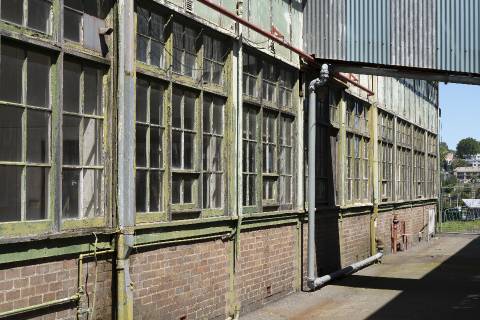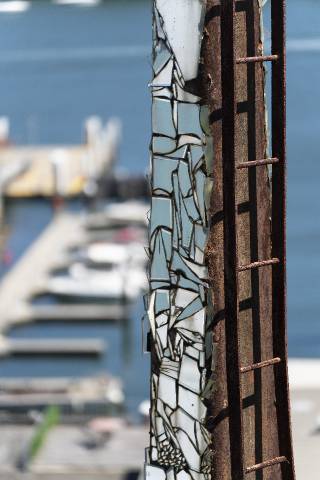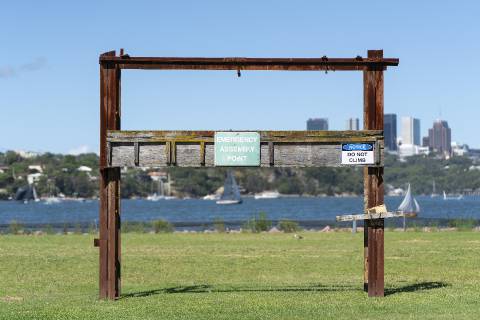|
Tamron 70-180mm f/2.8 Di III VXD - Review / Test Report - Sample Images & Verdict |
|
Lens Reviews -
Sony Alpha (Full Format)
|
|
Page 3 of 3

Sample Images
Click on an image for downloading the full-size variant.
 |
| Make | SONY |
| Model | ILCE-7RM2 |
| ISO Speed | 200 |
| Focal Length | 180.0mm |
| Aperture: | f/5.6 |
| Exposure | 1/1600s |
 |
| Make | SONY |
| Model | ILCE-7RM2 |
| ISO Speed | 100 |
| Focal Length | 180.0mm |
| Aperture: | f/2.8 |
| Exposure | 1/2500s |
 |
| Make | SONY |
| Model | ILCE-7RM2 |
| ISO Speed | 100 |
| Focal Length | 70.0mm |
| Aperture: | f/5.6 |
| Exposure | 1/500s |
 |
| Make | SONY |
| Model | ILCE-7RM2 |
| ISO Speed | 100 |
| Focal Length | 70.0mm |
| Aperture: | f/5.6 |
| Exposure | 1/800s |
 |
| Make | SONY |
| Model | ILCE-7RM2 |
| ISO Speed | 100 |
| Focal Length | 180.0mm |
| Aperture: | f/2.8 |
| Exposure | 1/2000s |
 |
| Make | SONY |
| Model | ILCE-7RM2 |
| ISO Speed | 100 |
| Focal Length | 180.0mm |
| Aperture: | f/2.8 |
| Exposure | 1/2500s |
 |
| Make | SONY |
| Model | ILCE-7RM2 |
| ISO Speed | 100 |
| Focal Length | 124.0mm |
| Aperture: | f/2.8 |
| Exposure | 1/800s |
 |
| Make | SONY |
| Model | ILCE-7RM2 |
| ISO Speed | 100 |
| Focal Length | 70.0mm |
| Aperture: | f/11.0 |
| Exposure | 1/200s |
 |
| Make | SONY |
| Model | ILCE-7RM2 |
| ISO Speed | 100 |
| Focal Length | 135.0mm |
| Aperture: | f/2.8 |
| Exposure | 1/2500s |
 |
| Make | SONY |
| Model | ILCE-7RM2 |
| ISO Speed | 100 |
| Focal Length | 163.0mm |
| Aperture: | f/5.6 |
| Exposure | 1/640s |
 |
| Make | SONY |
| Model | ILCE-7RM2 |
| ISO Speed | 100 |
| Focal Length | 180.0mm |
| Aperture: | f/2.8 |
| Exposure | 1/2000s |
 |
| Make | SONY |
| Model | ILCE-7RM2 |
| ISO Speed | 400 |
| Focal Length | 93.0mm |
| Aperture: | f/2.8 |
| Exposure | 1/100s |
 |
| Make | SONY |
| Model | ILCE-7RM2 |
| ISO Speed | 125 |
| Focal Length | 99.0mm |
| Aperture: | f/2.8 |
| Exposure | 1/100s |
 |
| Make | SONY |
| Model | ILCE-7RM2 |
| ISO Speed | 100 |
| Focal Length | 93.0mm |
| Aperture: | f/2.8 |
| Exposure | 1/2500s |
Competition
It is a curious exercise to compare the Tamron 70-180mm f/2.8 Di III VXD (left) to other lenses because it a quite unique design at least in Sony E-mount. The Sony FE 70-200mm f/4 G OSS (center) comes close in size but is a full stop slower. However, it features an optical image stabilizer, a detachable tripod mount and we'd rate the build quality higher - and it doesn't extend during zooming. Optically, there isn't too much between the two. They are both very sharp but the bokeh could be better. Price-wise they are similar, too. Then there's the Sony FE 70-200mm f/2.8 GM OSS (to the right) ... at double the price tag. Once again, the performance is similar with a marginal resolution edge for the Tamron in this case. The build quality is much better on the Sony side, of course, and it accepts Sony teleconverters. Realistically, you won't get the double value for the double price with the GM lens.
 Image courtesy of camerasize.com
Image courtesy of camerasize.com
Verdict
While we have seen similar lenses from Canon, the Tamron 70-180mm f/2.8 Di III VXD is a refreshingly different approach to a fast tele zoom lens in Sony E-mount. With activated image auto-correction, it is capable of producing beautiful results. It's very sharp across the image frame in the lower to mid-range and at least the center sharpness is very impressive at 180mm. Image distortions are nicely corrected and there's just a tad of vignetting at f/2.8 in this case. Lateral CAs are also well controlled. Some flaws become obvious with deactivated auto-correction - namely high distortions and vignetting towards the long end but then few users are probably still using uncorrected images these days. The quality of the bokeh is typical for many lenses in this class. Out-of-focus highlights can be a bit busy and the foreground blur is not ideal. So when it comes to bokeh, primes lenses still rule the neighborhood. That being said - the Tamron lens is one of the very few lenses producing minimal bokeh fringing (LoCAs).
The build quality is on a very decent level. Typical for Tamron lenses, there's an emphasis on low weight rather than (supposedly) super-tough materials - they are using plastics except for the lens mount. That's not necessarily a bad thing though - also because it's a really precisely assembled lens with no wobbly parts even in a fully extended zoom position. Tamron implemented some sealing against moisture but there's no statement about dust protection. If you are expecting a dedicated tripod mount and some switches on the lens - don't. There's a transport lock but that's about it. The AF/MF has to be set on the camera and there's no image stabilizer. The Tamron is not a super-tele so the in-camera IS should usually be "good enough". Generally, we don't see any issue with these simplifications.
Overall it's awesome to see that such lenses can be relatively compact and light-weight - and affordable, too. Kudos to Tamron for providing such an interesting lens. Highly recommended!
Mechanical Quality:
★★★★★
What does this mean ?
|